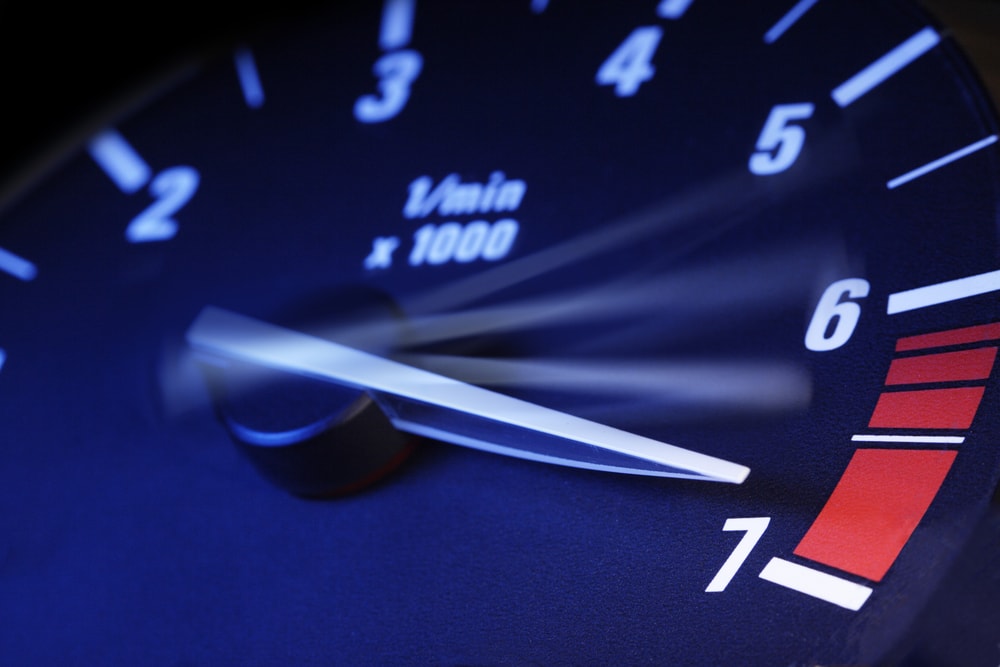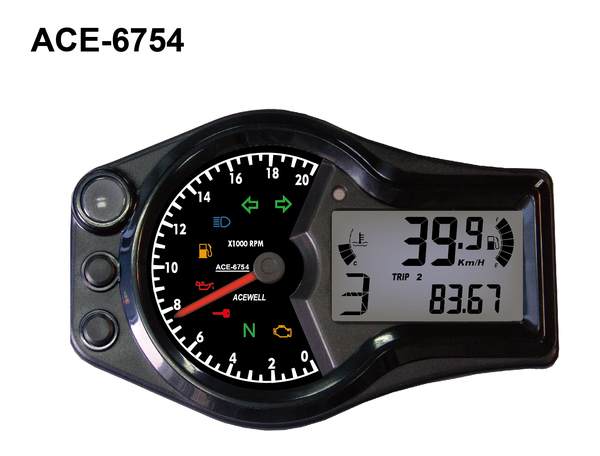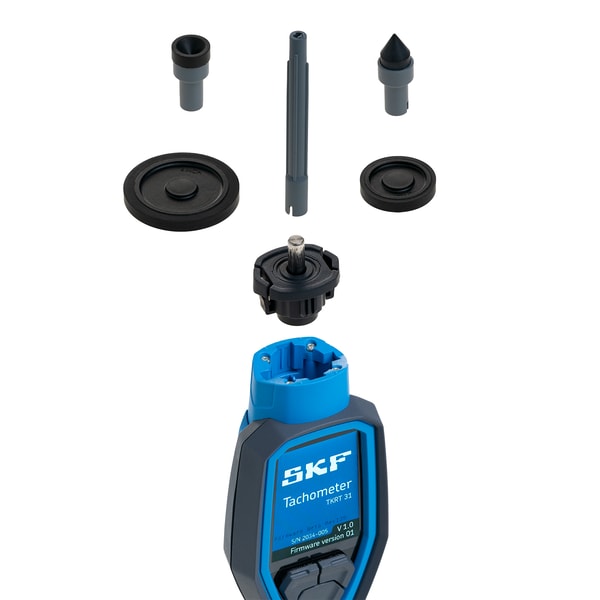Boost Your Driving Experience with a Dependable Tachometer
Boost Your Driving Experience with a Dependable Tachometer
Blog Article
The Relevance of a Tachometer in Monitoring Engine Speed and Performance in Automotive Applications
In the realm of automotive design, the tachometer stands as an essential instrument in the motorist's toolbox, supplying a straight home window into the inner operations of a vehicle's engine. Beyond its feature as a simple scale of revolutions per minute (RPM), the tachometer serves as an important tool for fanatics and experts alike, providing real-time understandings into engine performance and health and wellness.
Value of Keeping An Eye On Engine RPM
Checking engine RPM, or revolutions per min, is an important element of automotive maintenance and performance analysis. Engine RPM directly correlates with the speed at which the engine's crankshaft turns, suggesting how quickly the engine is running - tachometer. By checking RPM, mechanics can assess the health and wellness of the engine, find potential problems, and fine-tune efficiency. An unusual RPM analysis might signal problems such as engine misfires, faulty stimulate plugs, or problems with the gas distribution system. Constantly high RPM analyses can suggest hostile driving practices or the need for a greater gear shift to boost fuel performance.
Furthermore, monitoring engine RPM is vital for performance evaluation in auto racing and high-performance vehicles. Preserving ideal RPM levels is crucial for accomplishing peak power outcome and acceleration. Racers usually make use of tachometers to guarantee they are operating within the excellent RPM range for optimum performance. In recap, checking engine RPM is not just vital for spotting issues yet additionally for maximizing engine efficiency in numerous auto applications.

Benefits of Real-Time Data
In vehicle applications, real-time information plays an important role in giving instant insights right into the efficiency and condition of the car. By constantly monitoring various parameters such as engine speed, temperature, gas intake, and much more, real-time information uses many advantages that contribute to improved efficiency and safety on the road.
One substantial benefit of real-time data is its capability to alert drivers and technicians to any kind of abnormalities or concerns promptly. This proactive approach makes it possible for fast identification of potential troubles, enabling timely treatments to avoid further damages or malfunctions. Furthermore, real-time data assists in efficiency optimization by offering immediate responses on driving practices and engine efficiency. Vehicle drivers can change their actions in real-time based on this information to attain much better gas economic climate and prolong the life-span of their car.

Additionally, real-time information plays an important duty in modern vehicle diagnostics, enabling service technicians to quickly identify and resolve malfunctions. This causes reduced downtime, lower upkeep expenses, and inevitably, improved overall automobile integrity and longevity (tachometer). By taking advantage of the power of real-time information, vehicle stakeholders can make enlightened decisions that positively impact both the performance and long life of the automobile
Effect On Gear Shifts
Reliable equipment shifts in vehicle applications considerably influence general performance and driving experience. The tachometer plays an important function in enhancing equipment shifts by offering real-time engine speed information to the chauffeur. look at here now When coming close to the redline on the tachometer, it signifies the driver to upshift to protect against over-revving the engine and creating possible damage. On the other hand, downshifting at the appropriate moment can help preserve the engine in its power band, making certain responsive acceleration when needed.
Moreover, the tachometer help in attaining smoother equipment shifts, particularly in hand-operated transmissions. By monitoring engine rate, vehicle drivers can carry out gear shifts at the optimum RPM variety, decreasing jerking motions and minimizing endure the transmission elements. This precision in equipment adjustments not only boosts driving comfort but additionally adds to fuel performance.
Enhancing Fuel Efficiency
Offered the essential duty the tachometer plays in enhancing gear changes for performance and engine wellness, it directly adds to maximizing fuel performance in automobile applications. By providing real-time comments on engine speed, the tachometer helps chauffeurs in keeping the most effective RPM array for gas economy. When vehicle drivers regularly monitor the tachometer and change their motoring practices accordingly, they can avoid unnecessary gas consumption brought on by over-revving or hauling the engine.
Furthermore, the tachometer aids drivers determine one of the most fuel-efficient gear to be in at any given moment, stopping the engine from Get More Info functioning harder than required. This is specifically vital throughout acceleration and cruising, where being in the appropriate gear can substantially influence fuel performance. Additionally, the tachometer can inform vehicle drivers to potential mechanical problems that might be adversely influencing fuel economic situation, such as a slipping clutch or a blocked air filter. Finally, the tachometer functions as a valuable tool in enhancing fuel efficiency by promoting optimal driving routines and determining locations for renovation in the lorry's efficiency.

Taking Full Advantage Of Engine Durability
The tachometer's function in keeping an eye on engine speed and performance is crucial in making certain the durability of automobile engines. By using the tachometer successfully, motorists can optimize engine longevity via mindful RPM management. Continually revving an engine too expensive can result in extreme damage on crucial parts, such as the pistons, shutoffs, and bearings. In time, this can cause reduced engine performance and prospective breakdowns. Keeping track of the tachometer enables drivers to remain within the suggested RPM array for their automobile, preventing unneeded strain on the engine and expanding its life expectancy.

Verdict
To conclude, the tachometer plays a critical role in keeping an eye on engine speed and efficiency in automotive applications. By giving real-time data on RPM, it permits for reliable gear changes, enhanced gas efficiency, and maximized engine durability. This tool is her explanation necessary for maintaining optimum engine performance and making certain the general capability of a vehicle.
Report this page